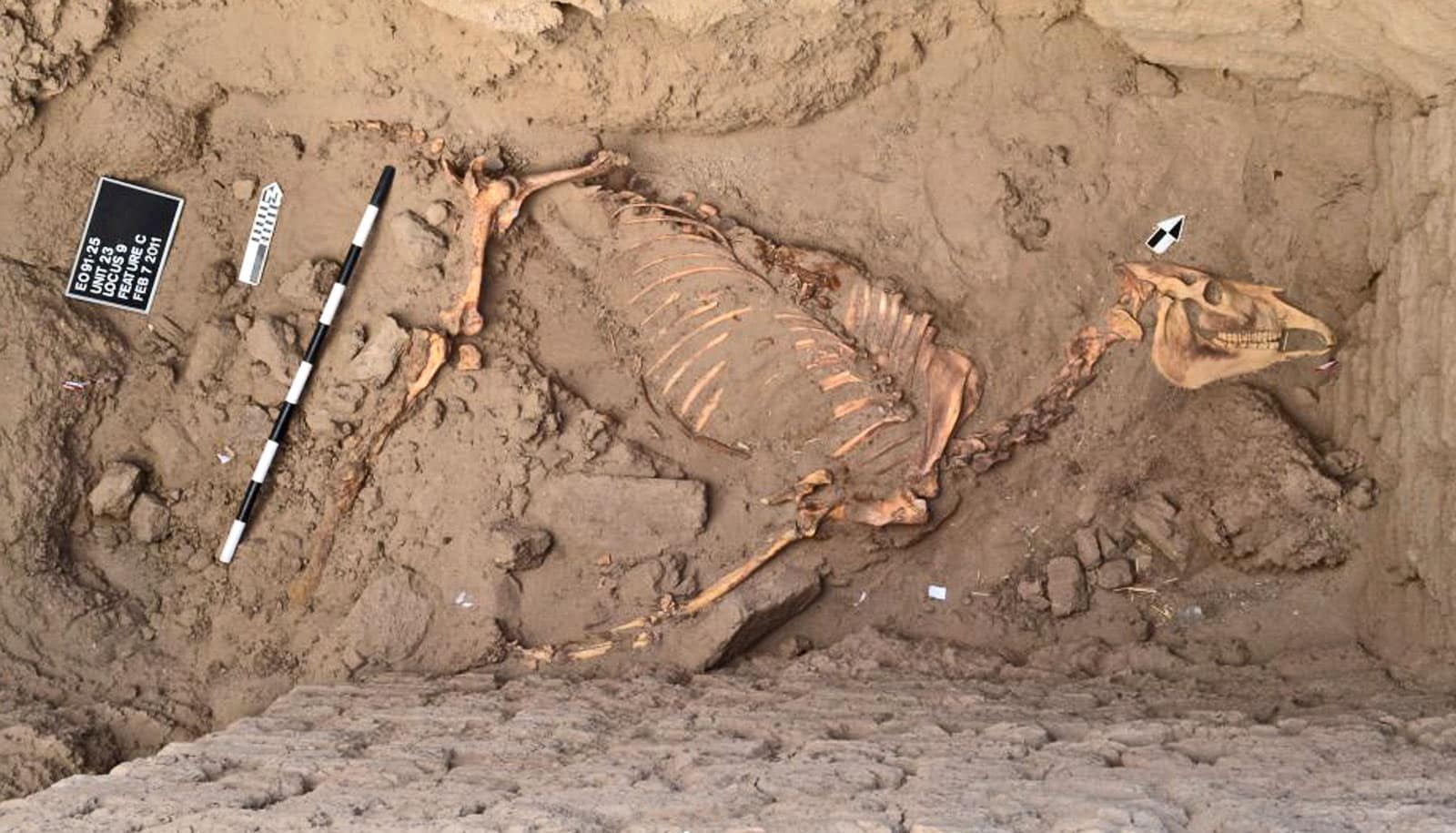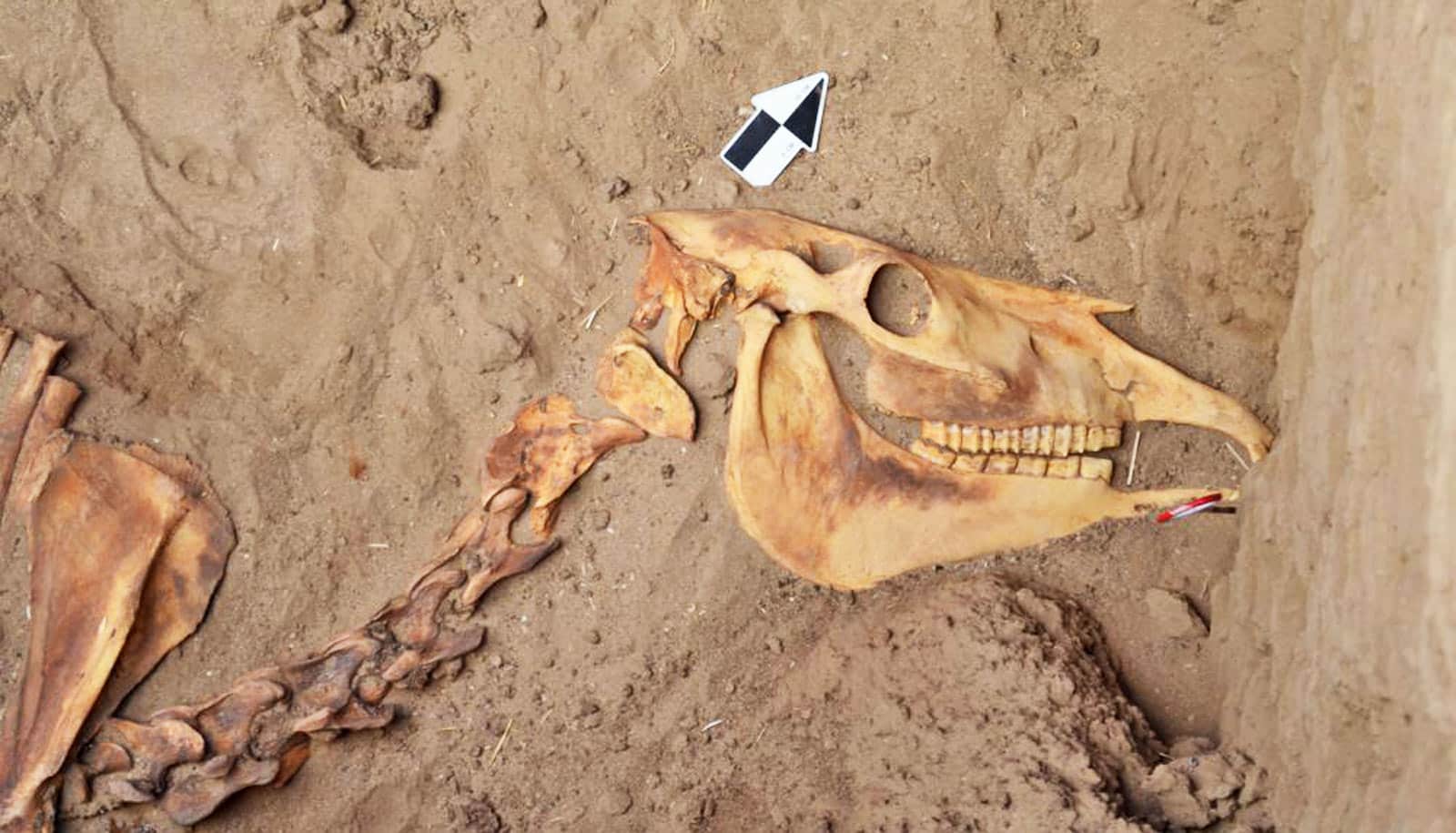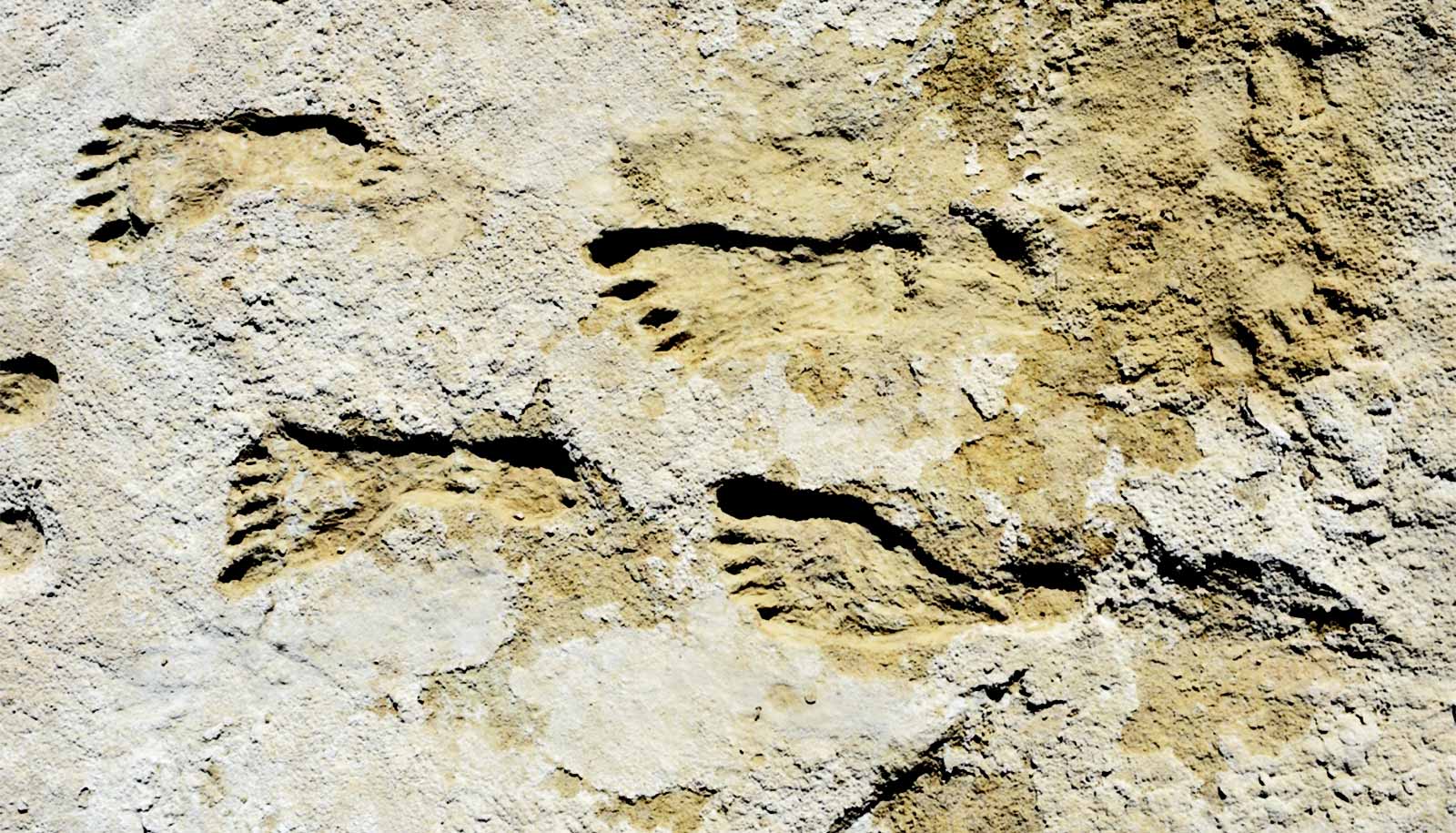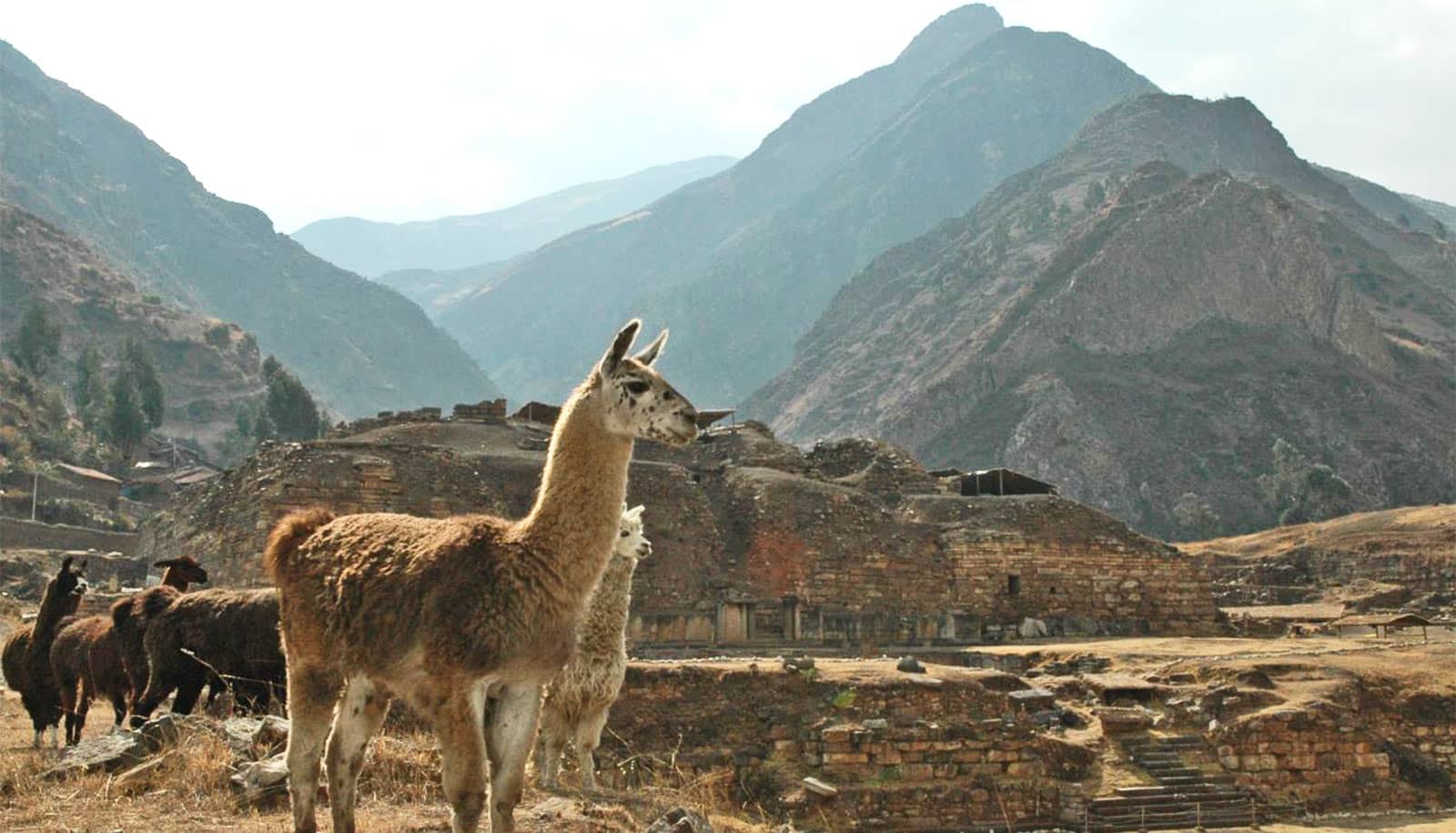Researchers excavating a tomb in what was Upper Nubia unearthed the skeleton of a horse so well-preserved it still had hair on its legs. A burial shroud had covered it, and it was found with a piece of iron that appeared to be a cheek piece from a bridle.
The finding was “a complete surprise,” says Stuart Tyson Smith, professor of archaeology in the University of California, Santa Barbara anthropology department. “I was not expecting to find that. We had this nice pyramid tomb and we were going down the shaft expecting to find a few human burials, and there we were about half-way down the shaft and here’s this horse.”
“It was clear that the horse was an intentional burial, which was super fascinating,” says Michele Buzon, a professor of anthropology at Purdue University. “We hadn’t found anything like this in our previous excavations at Tombos. Animal remains are very rare at the site.”

Kings and their horses
The horse turns out to be much more than an unexpected oddity. In their paper in the journal Antiquity, Smith, Buzon, and collaborators argue that the horse represents a shift away from Egyptian governance and towards a Kushite rule in which the animal becomes central to the state’s identity.
“One of the interesting things about our horse is that it foreshadows the later development where these Nubian kings are really into horses,” Smith says. Indeed, when the Kushite king Piankhi put down a rebellion in northern Egypt he was said to be enraged that his horses there had been starved in his absence. “His complaint was not that they had rebelled against him, but they had mistreated his horses,” he says.
Radiocarbon testing dates the Tombos horse to about 950 BCE, in the Third Intermediate Period, when the Kushites of Nubia took advantage of strife in Egypt to coalesce into a political, economic, and military power.
The horse’s burial took place about 100 years after the colony began to break away in 1070 BCE. The burial, Smith says, was a new development in the village at the Third Cataract of the Nile. Buried in an older tomb that had been adapted for the task, the horse was laid to rest in sacred ground.
She’s a mare, not a stallion
“It’s gorgeous, and the bones are a nice, rich brown color that you don’t see in other contemporary horse burials,” Smith notes. “All the pieces are there, everything’s intact. It even had some fur left on it. As a result, because of the preservation, it’s one of the most complete skeletons, and best preserved, of any of these early horses that have been found in northeast Africa.”
The Tombos horse, which the team determined to be female, was carefully positioned on its side. Close inspection of the skeleton also revealed it suffered from arthritis and degeneration associated with wearing a chariot saddle harness. Curiously, Egyptian art always depicted chariot horses as stallions.
“It makes a certain amount of sense that they would emphasize stallions in the art,” Smith says, “because they’re fierce in warfare and that sort of thing. But it is interesting that in reality they were using mares as well. It’s just that the artwork emphasizes the stallion as the pre-eminent chariot horse.”
Among the more intriguing items found with the horse was the piece of iron that Smith says radiocarbon testing dates to around 950 BCE. “This is a very early date for iron,” he notes. “For a long time people had thought that iron production in Nubia really didn’t ramp up until about 500 BC.”
Did ancient blood feuds lead to violent burials?
Smith, who owns a horse, says he quickly recognized the artifact as a cheek piece for a bridle, and coauthor Olson has since confirmed the assessment. “It’s rare to find iron like that in a good context,” he says, “where you can really pin the date down.
“It also counters the narrative that Nubians were backwards somehow, that anything good they got they got from Egypt,” he continues. “But they seem to have been going out and seizing what they needed. They had the latest military technology in the form of iron weaponry like we found, but also these iron trappings from the horse.”
Smith and Buzon have been excavating Tombos, just east of the Nile River in Sudan, since 2000. The Egyptians founded it as an administrative center in Nubia around 1450 BCE. Their work there has unraveled what they term “cultural entanglement,” the process by which colonizing powers and indigenous people influence one another and change over time.
“You can see this long, entangled history of the horse weaving its way through all these different cultures until it comes to Nubia,” Smith says. “But then, horses were important in Egypt, but we have very few horse burials there. If it was a widespread practice you’d expect to see more of them.”
How horse whinnies convey their emotions
The Nubians, who would conquer Egypt and establish the Kushite Dynasty in 728 BCE, proved to be adept at adapting Egyptian practices and technology and making them their own.
“For Nubians, they really elaborated on Egyptian materials and practices in a way that you don’t see in Egypt,” Smith says. “That’s the case with a lot of these features that Nubians were borrowing. They often take something they really like, like horses, and they make it much more elaborate, through ritualized burial, than the examples that you have in Egypt.”
Additional researchers contributed from Leiden University in the Netherlands and the University of Kansas.
Principle funding came from the National Science Foundation.
Source: UC Santa Barbara, Purdue University



